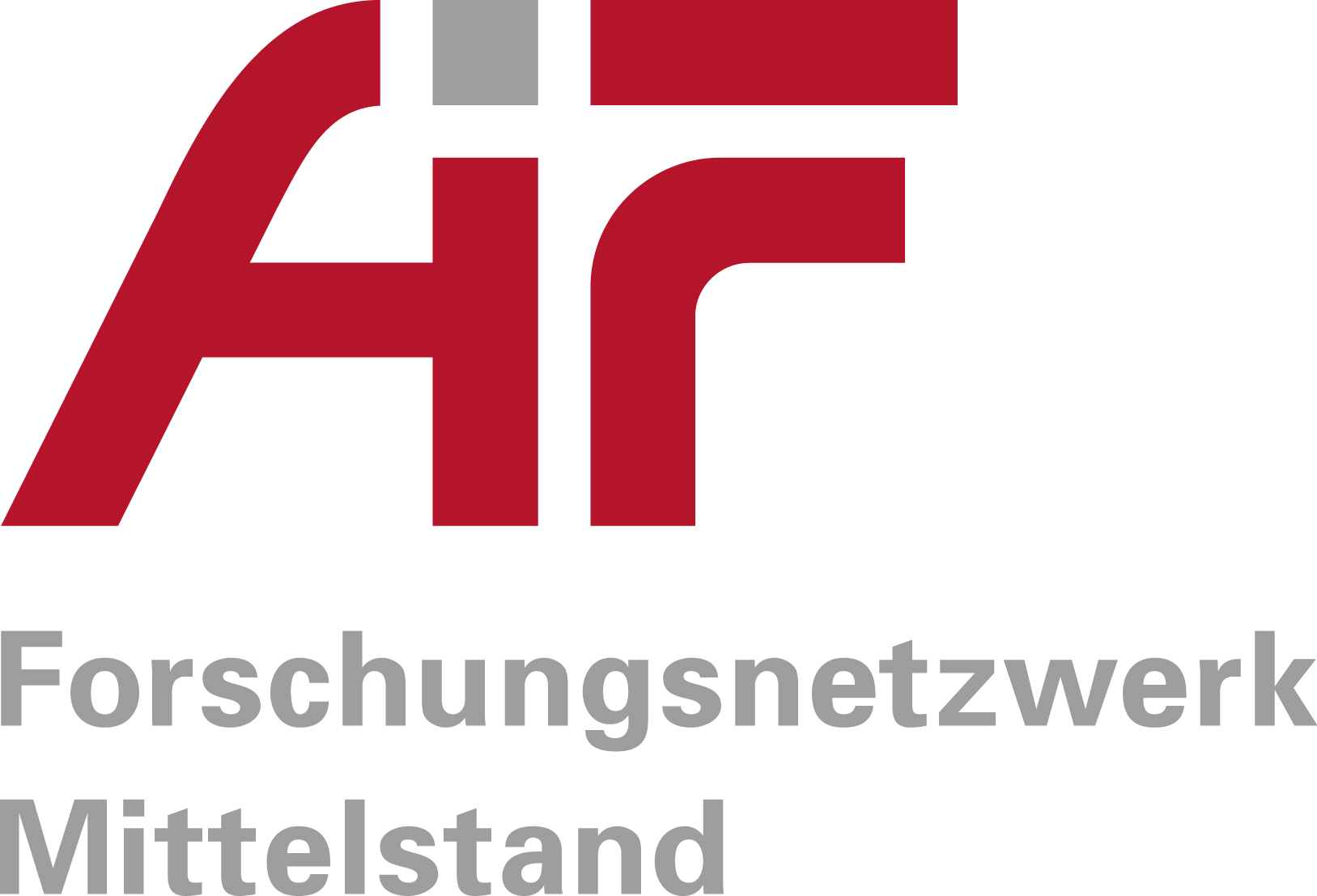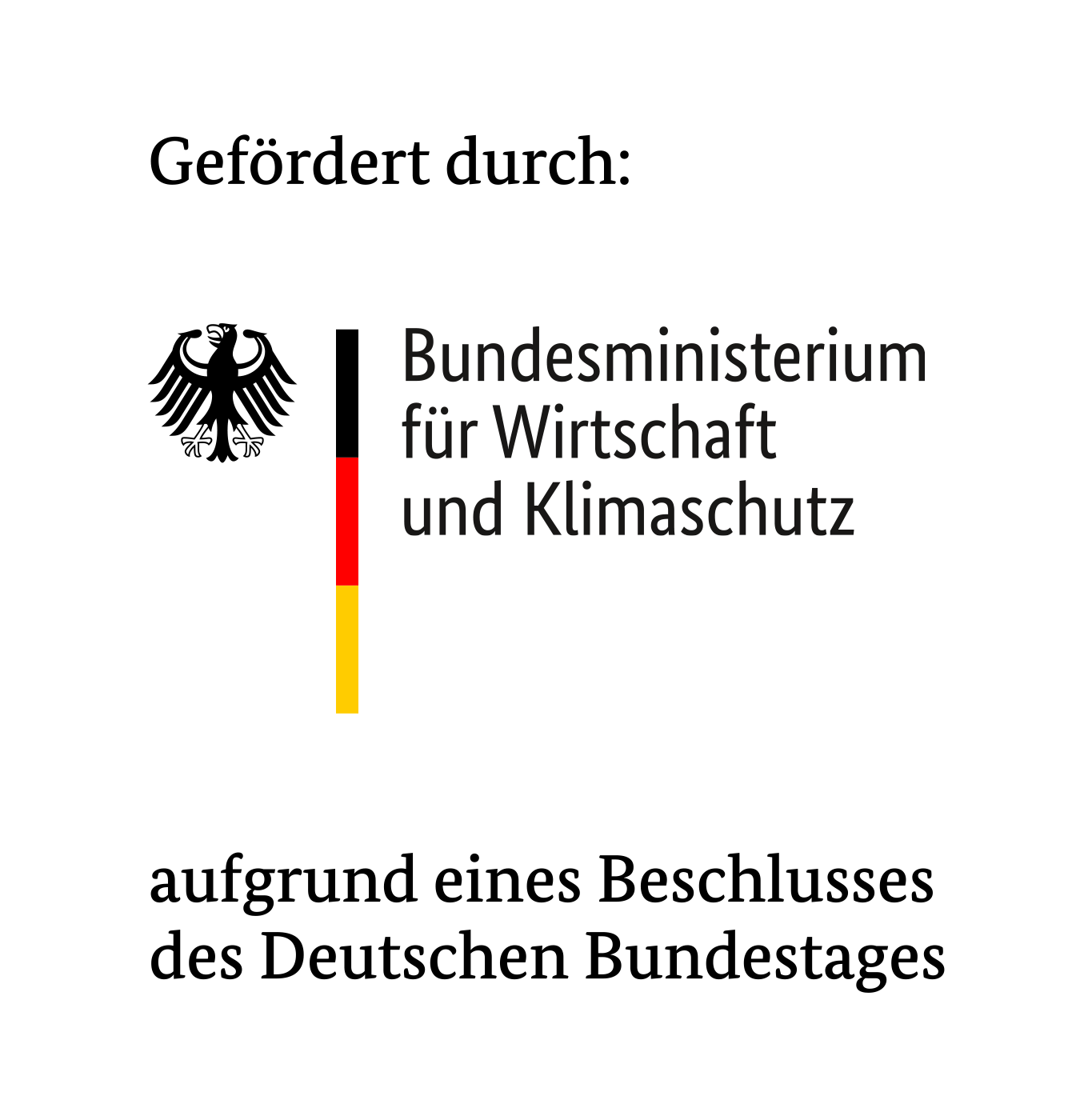Summary of the final report of the MiniHelix research project (21241 N)
“Miniaturization of helix antennas for RF applications through additive manufacturing processes and 3D functionalization (MiniHelix)”
Brief description of the project content
For the successful implementation of “Industry 4.0” concepts, it is essential to drive forward the development of broadband telecommunications networks. With the Internet of Things, the number of networked devices that transmit large amounts of data, including mobile data, is increasing. Due to the increasing amount of data and rising demand for higher data rates, high-frequency technology is becoming increasingly important in more and more areas of application. The use of new, innovative manufacturing processes represents a promising approach to meeting the increasing requirements in the future, as they allow – in contrast to conventional PCB production – a high degree of spatial design freedom with less assembly effort, the use of a wide range of substrate materials and the production of metallizations with high surface quality.
The classic structure of helical antennas made of wound wires reaches its limits for higher frequencies and thus smaller structure sizes. The aim of this research project is to investigate metallization processes using MID technology that make it possible to produce multifilar helical antennas with the necessary dimensions at low cost. The following manufacturing processes are to be used and compared: Laser direct structuring, dispensing processes, inkjet, aerosol jet and selective laser beam melting. For each technology, the extent to which multifilar antenna elements can be miniaturized, i.e. which application frequency range can be achieved, will be investigated. Taking into account the production costs, a design catalog for the production of individual elements in 3D-MID technologies can be created.
Documentation of the results and creation of design rules
In summary, it can be said that it is possible to manufacture helical antennas using MID production technologies for high-frequency technology. However, it is important to consider which technology is used for the respective frequency range. It became clear early on in the project phase that the manufacturing processes and available materials cannot be combined arbitrarily for all desired frequency ranges.

Figure: Size comparison of the manufactured helical antennas for the respective frequency bands with different manufacturing processes; Source: FAU Erlangen-Nürnberg, Lehrstuhl für Hochfrequenztechnik (LHFT) & Lehrstuhl für Fertigungsautomatisierung und Produktionssystematik (FAPS)
In this consideration, selective laser melting (SLM) proved to be too restrictive in terms of the degrees of freedom of the design with the current state of the art. The biggest challenge is that the additively manufactured structures exhibit excessive internal mechanical stresses during the cooling process, which result in deformations after cooling. Furthermore, the resulting surface is too rough for the desired frequencies.
Nanojet technology has also proven to be impractical for use at frequencies above 1-2 GHz. This is mainly due to the lack of edge definition due to over-spray of the printed structures. This results in strong scattering of the conductive particles on the surface of the medium to be coated. This scattering or the lack of edge definition means that the field line distribution of the electromagnetic wave is irregular, resulting in losses.
In contrast, aerosol jet technology can minimize these problems. However, the minimum structure size of 300 μm of the system used is the limiting factor for applications at higher frequencies. The tests carried out as part of the project have shown that frequencies of up to 28 GHz can be transmitted and that radiating helical antennas can also be realized.
Laser direct structuring (LDS) is another method that was investigated as part of the project. It was possible to structure cables in several tests. However, the choice of materials is very limited. There were only two materials for FDM printing and one for the stereolithographic printing process. All three materials tested proved to be more lossy in electrical characterization than their injection-moulded counterparts. However, it is becoming apparent that the development of new LDS-capable materials will solve these problems. During the project, it was possible to structure and measure lines up to 18 GHz on additively manufactured substrates using LDS technology.
Stereolithographic 3D printing (SLA) in combination with full-surface functionalization proved to be a promising option for the use of additive technology in high-frequency technology at frequencies above 28 GHz. The higher structure resolution in combination with waveguide technology makes it possible to design finer helical structures and functional groups that can be used accordingly at higher frequencies. Possible limits are given by the choice of functionalization and the finer structure resolution. However, antennas up to D-band have already been realized.
Economic significance of the research results achieved for SMEs
The economic relevance of the research results achieved results on the one hand from the diversity of additive manufacturing technologies and their respective advantages and disadvantages. In addition, the production of functional components usually requires a sensible combination of different systems and offers several options with different manufacturing tolerances. By investigating the suitability of different processes and in particular their combination with each other, this project offers a meaningful evaluation and enables small and medium-sized companies in particular to choose a targeted strategy and reduce failed attempts.
On the other hand, additive manufacturing processes can be used by SMEs in particular to produce small series economically. In this context, the knowledge gained offers the additional advantage that the great flexibility of the helical antenna in terms of adapting the antenna characteristics was investigated parametrically. This means that application-specific modifications can be implemented efficiently.
Finally, the results of the project enable SMEs to tap into new, future-oriented markets such as communication technologies for Industry 4.0 and IoT, as well as components for imaging radar sensors, which form a central component of autonomous driving. In addition, the transition to additive manufacturing using hybrid circuit carriers – i.e. a combination of conventional PCBs with spatial HF components – is simplified.



